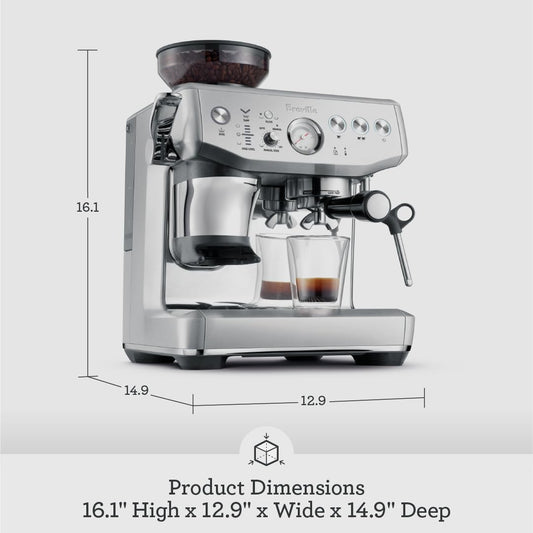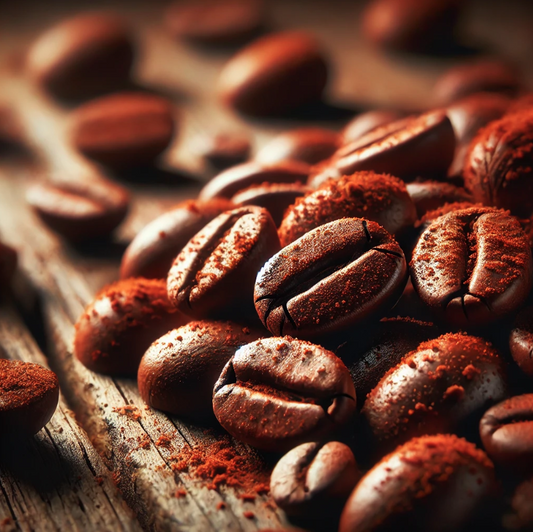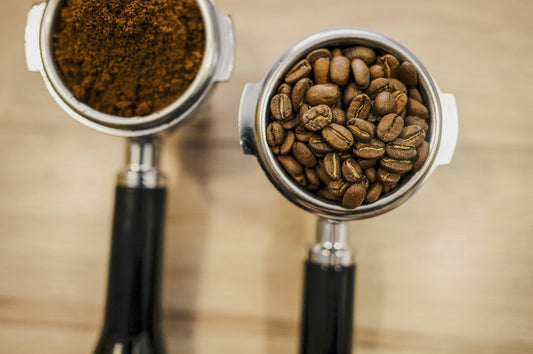The Basics of Coffee Freshness
You ever pop open a bag and take that first deep sniff? That bold, nutty hit is a tell. You can smell fresh roasted coffee beans right away. But before roasting, it’s a whole other story. Beans that aren’t fresh don’t just smell off—they roast weird, too.
See, raw beans are alive in a way. They’ve got oils, gases, and moisture inside. All of that changes fast with time. So if you're roasting at home or for a shop, you want to get this right.
Let’s break it down together—how you can tell if your beans are still good to roast or not.
Signs Your Coffee Beans Are Past Their Prime
1. Dull Look
Fresh green beans have a lively shade. Kinda grassy-green or even jade. They should look vibrant, not pale. If the color fades to grayish or tan, you might be roasting stale stuff.
2. Weird Smell
Smell matters big time. Fresh beans will smell earthy, even slightly sweet. If your batch smells musty, sour, or like cardboard, they’re probably too old. Toss them. You’re better off starting fresh.
3. Brittle Snap
Try breaking one in half. A solid bean should snap clean. If it crumbles or feels dry like a stale cracker, forget it. That bean has lost its soul.
4. Mold or Spots
This one’s simple. See white fuzz? Spots? Any weird coating? Trash it. That’s not aging—it’s damage.
5. Too Much Moisture or Too Little
Good beans feel dense but not soggy. If they’re soft or sticky, they’ve likely absorbed too much moisture. If they’re feather-light, they’ve dried out way too much.
How Storage Affects Freshness
Time isn’t your only enemy. Storage matters more than most folks think. If your beans were kept in a humid place, or in direct sunlight, they’re probably already ruined. The oils inside break down quick.
Keep beans in airtight containers. Avoid clear jars or anything see-through. Light and air are freshness killers. And if you're buying in bulk, break them up and seal them well. No point in roasting bad beans just to save a few bucks.
Also, avoid keeping your green beans near spice racks. Beans absorb smells like crazy. You don’t want cinnamon or garlic roast flavor (unless you're into that, no judgment).
Why Freshness Matters Before Roasting
You might think roasting fixes everything. Nope. It actually makes the problem worse.
Old beans roast uneven. Some parts char, others stay raw. And your flavors? Flat. You won’t get those rich notes you want for espresso. That’s why fresh roasted coffee beans for espresso need to start with green beans that are still lively.
Good beans give you full control. You can bring out nutty notes, fruity highs, or chocolate-like smoothness. But stale beans? They’ll give you ash. Nothing more.
Freshness equals flavor. Always has.
Real Tests You Can Try at Home
The Water Test
Drop a few green beans in a glass of water. If they float, they’ve dried out too much. If they sink slowly, they’re likely still good. Fast sink? Could mean moisture overload—watch for mold.
The Cut Test
Cut one in half with a knife. Look at the center. You want a tight structure, not hollow or cracked middle. A solid interior shows good density.
Roast a Small Sample
Try a tiny test roast. If it smells grassy and develops quickly, you're golden. If it smells like wet cardboard or takes forever to brown, it’s no good.
Listen to the Crack
Fresh beans will “crack” clearly during roast. You’ll hear it. If that crack is weak or doesn’t come at all, they’ve gone stale.
Conclusion
Freshness isn’t just about smell. It’s about how beans feel, break, roast, and react. If your coffee doesn’t start strong, it won’t finish strong. Check the signs. Be picky. Trust your senses. And yeah, roasting your own coffee is a ride—but it starts with knowing your beans.
At Iron House Coffee Supply, I make sure every batch of green beans we sell is fresh and ready. No fluff. No guesswork. Just real-deal stuff you can trust for your next roast.
Want more science behind coffee aging and storage? Check out the Coffee Quality Institute’s green coffee standards for more detail on what to look for.
FAQs
1. How long can green coffee beans stay fresh if vacuum sealed and frozen?
Up to 2 years if frozen right. But you must thaw slowly before roasting to avoid condensation damage.
2. Is it safe to roast green coffee beans that were exposed to smoke from a fire?
No. Smoke particles seep into the bean. That stuff can’t be roasted out and can be dangerous.
3. Can you smell mold in green coffee before it becomes visible?
Yes. A sour, damp basement smell shows before you even see anything. Always trust your nose first.
4. Can old green beans cause espresso machines to clog?
They can. Dry beans roast into ultra-fine dust that sticks inside machines. Especially risky for high-pressure espresso setups.
5. Is there a safe moisture level to check for in green beans before roasting?
Yes. Between 10%–12% is ideal. Less than that and they roast too fast. More than that and you risk mold or uneven roasting.
Want to roast like a pro? Then don’t mess around with stale stock.
You’ve got the tools now—use them.
And when you’re ready to roast something bold, fresh roasted coffee beans are waiting.
Let’s get brewing.
—Iron House Coffee Supply
Ready to stock up? Hit the shop and let’s roast something real.







